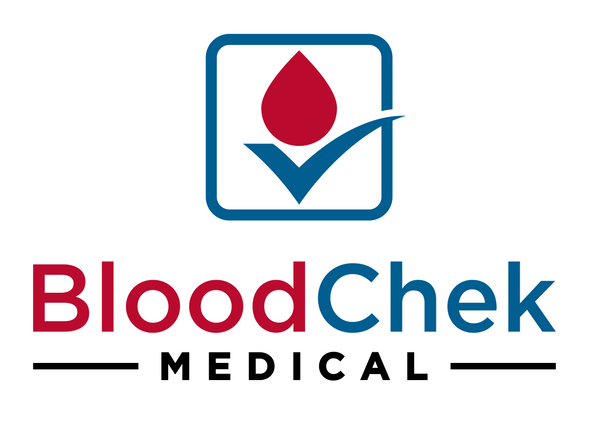
Why Ultra-Processed Foods Quietly Break Your Heart (and What to Do About It)
Share
Title: Why Ultra-Processed Foods Quietly Break Your Heart (and What to Do About It)

Introduction
Heart disease doesn’t appear overnight. It builds over time through daily habits—especially the food choices made without much thought. The growing presence of ultra-processed foods (UPFs) in modern diets is silently reshaping metabolic health, setting the stage for long-term heart damage. This article explores how UPFs impact the cardiovascular system and what simple steps can protect it.
What Are Ultra-Processed Foods?
Ultra-processed foods aren’t just “processed.” They are industrial formulations made mostly from refined starches, sugars, seed oils, and additives. Common examples include:
-
Chips, cookies, instant noodles
-
Sugary cereals and soft drinks
-
Flavored yogurts and protein bars
-
Fast-food burgers and frozen meals
These foods are built for shelf life, convenience, and taste—not for health. They often lack the fiber, vitamins, and minerals your metabolism depends on.
The Metabolic Fallout: How UPFs Damage the Heart
1. Insulin Resistance
Frequent blood sugar spikes from refined carbs and sugars trigger constant insulin release. Over time, the body becomes resistant to insulin’s signal, leading to elevated glucose and fat storage. This imbalance promotes high triglycerides, low HDL, and arterial plaque buildup—the key ingredients for heart disease.
2. Chronic Inflammation
UPFs are loaded with refined seed oils that oxidize easily, creating inflammatory compounds. This inflammation damages the inner lining of arteries, turning LDL cholesterol into a sticky, dangerous form that clogs blood vessels.
3. High Blood Pressure
Sodium-heavy additives and flavor enhancers in processed foods contribute to fluid retention and hypertension. Combined with insulin resistance, the result is stiffened arteries and higher heart workload.
4. Unhealthy Blood Lipids
Trans fats and refined carbs shift cholesterol balance in the wrong direction: raising LDL and lowering HDL. The liver becomes overwhelmed, producing smaller, denser LDL particles more likely to lodge in arterial walls.
The Invisible Symptoms
The early stages of metabolic dysfunction are quiet. You might feel:
-
Midday fatigue or post-meal crashes
-
Cravings for sweets or caffeine
-
Skin inflammation or bloating
-
Poor workout recovery or low motivation
These are warning signs of a body struggling to regulate fuel—and a heart already feeling the strain.
What Research Shows
Scientific evidence links high UPF consumption to serious heart consequences:
-
BMJ (2019): Every 10% increase in UPF intake raised cardiovascular disease risk by 12%.[1]
-
Cell Metabolism (2019): Participants on a UPF diet ate 500 extra calories daily and gained weight faster than those eating whole foods.[2]
-
Public Health Nutrition (2020): High UPF diets correlate with endothelial dysfunction—impaired artery flexibility.[3]
How to Protect Your Heart
1. Build Your Plate Around Real Food
Focus on foods with one ingredient:
-
Lean meats, eggs, fish
-
Fruits, vegetables, legumes
-
Nuts, seeds, olive or avocado oil
Make 80% of your calories come from these sources. The remaining 20% can include occasional convenience foods—just not daily staples.
2. Control Blood Sugar Naturally
-
Start meals with protein and fiber—they blunt insulin spikes.
-
Skip sugary drinks and energy beverages.
-
Try intermittent fasting or time-restricted eating (12–14 hours overnight).
3. Move More, Stress Less
Exercise improves insulin sensitivity and helps your body burn fat efficiently. Even 30 minutes of brisk walking or resistance training 3–5 times a week makes a difference.
4. Support Gut and Liver Health
A healthy gut supports cholesterol metabolism and bile flow—both essential for heart protection. Add fermented foods, fiber, and adequate hydration.
Simple Swaps for Daily Life
| Common UPF | Better Alternative |
|---|---|
| Sugary cereal | Oats with berries and cinnamon |
| Energy drink | Black coffee or green tea |
| Protein bar | Greek yogurt with nuts |
| Chips | Roasted chickpeas or mixed nuts |
| Fast-food burger | Grilled chicken and veggies |
These swaps maintain convenience while cutting out most of the metabolic damage.
Label-Reading Basics
-
First three ingredients: Shouldn’t include sugar or vegetable oil.
-
Fiber > Sugar: Choose foods with more fiber grams than sugar grams.
-
Oil check: Favor olive, avocado, or coconut oil—avoid canola, soybean, or corn.
-
Short ingredient list: Fewer than 5 recognizable ingredients usually means less processing.
The Long Game: Building a Resilient Heart
Heart health isn’t only about cholesterol—it’s about metabolic stability. When you minimize ultra-processed foods, you reduce inflammation, balance blood sugar, and strengthen vascular function. These changes compound over time, protecting you from disease and preserving performance, focus, and energy.
Small daily upgrades—one meal, one snack, one habit at a time—are enough to shift your long-term trajectory.
Conclusion

Ultra-processed foods are more than convenience; they’re metabolic disruptors that quietly strain your heart. Real food is your best preventive medicine. Choose simple ingredients, stabilize your blood sugar, and move daily. Your future cardiovascular health starts with what’s on your plate today.
References
-
BMJ 2019;365:l1451 – Ultra-processed food intake and cardiovascular disease risk.
-
Hall KD et al. Cell Metabolism (2019) – Ultra-Processed Diets Cause Excess Calorie Intake.
-
Monteiro CA et al. Public Health Nutrition (2020) – UPFs and endothelial function.
